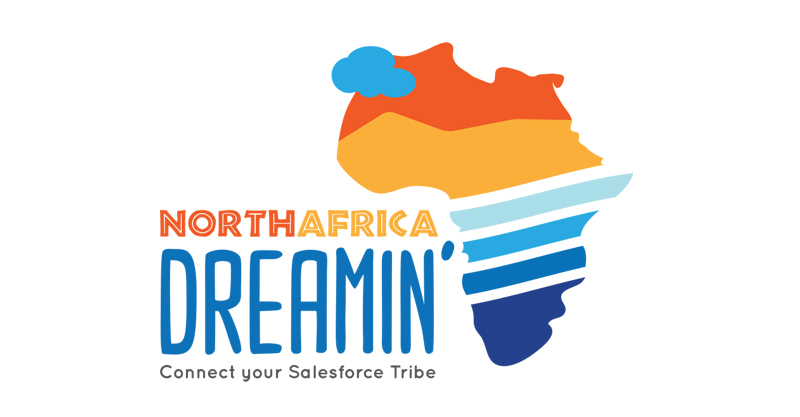

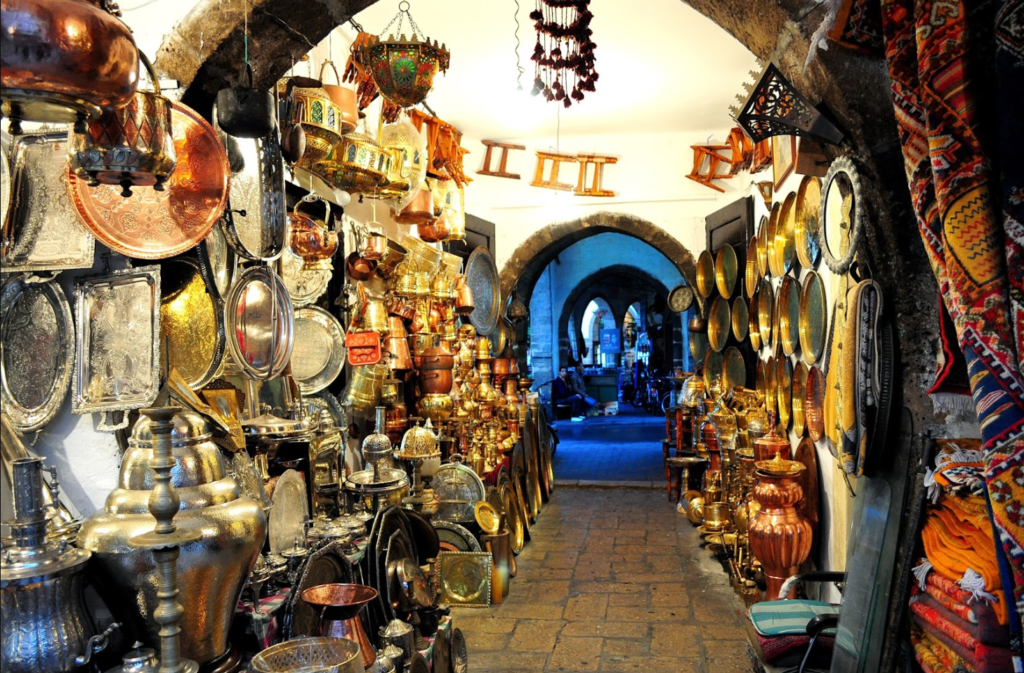
Old Town
The old Medina offers a view of life in Casablanca over the centuries, with traditional market stalls lining the ramparts. Guided tours lead visitors through leather steps, spices, antiques.
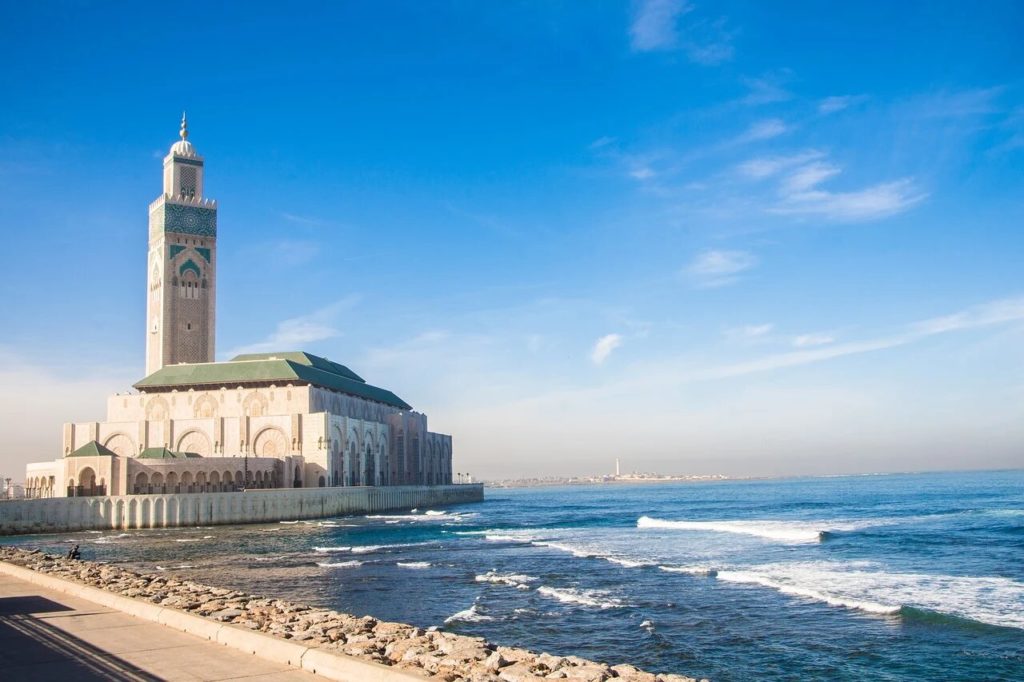
The Hassan II Mosque
One of the 10 largest in the world, it dominates the entire city. Its minaret is the world’s second tallest minaret at 210 metres (689 ft).
The walls are of hand-crafted marble and the roof is retractable. the inside architecture are inspired from the Judaism, Christianity and Islam.
A maximum of 105,000 worshippers can gather together for prayer: 25,000 inside the mosque hall and another 80,000 on the mosque’s outside ground.
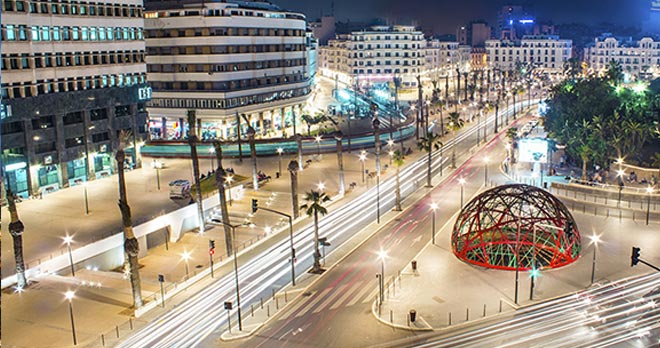
United Nations Square
Point of connection between the old city near to the sea and the immaculate white new city. Built during the French occupation throughout the 20th century, this nexus between classic and modern, between the past and the present, is none other than the United Nations Square, undeniably one of the most emblematic places in the city.
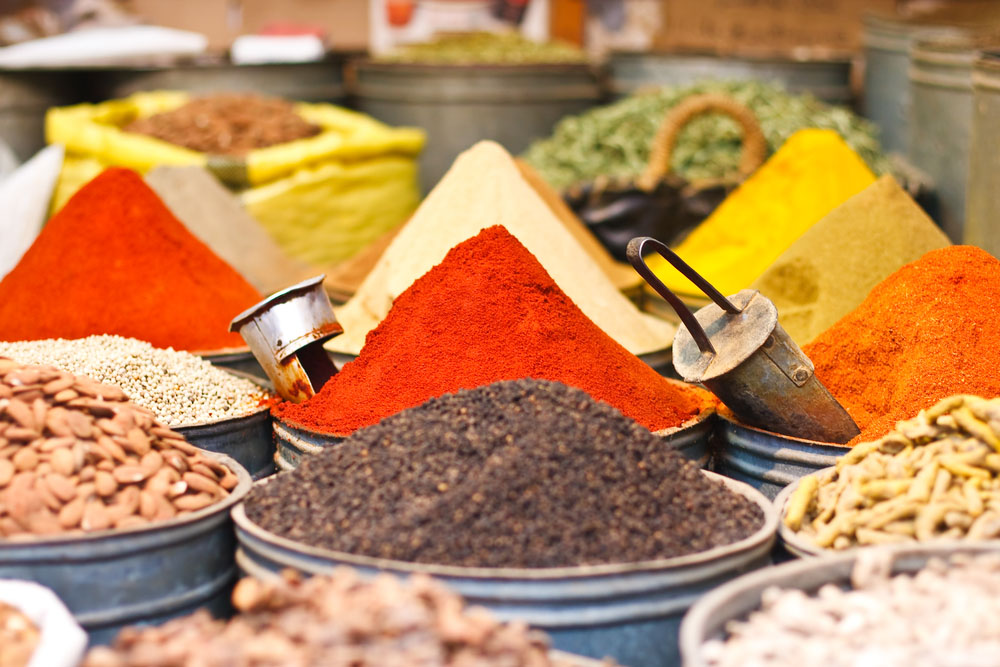
Central Market
At the central market of Casablanca, sight and smell are at the party! This is one of the must-visit places if you are passing through the city. Located near the Medina, this temple of simple pleasures brings together all Casablancais from all walks of life between 11 a.m. and 3 p.m. for a festival of colors and perfumes.
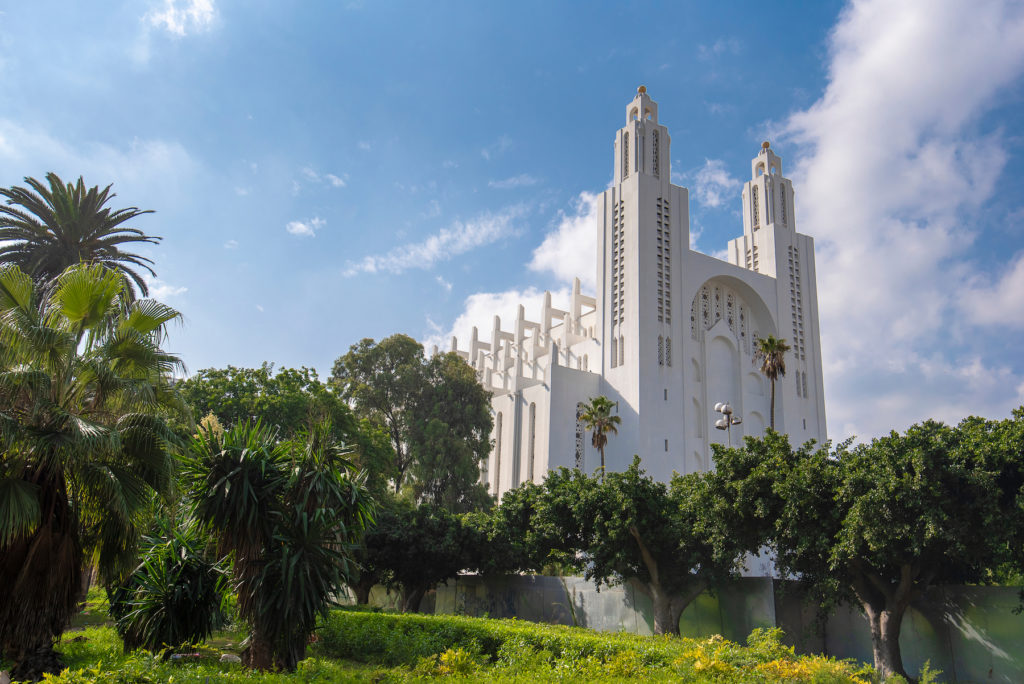
Church Of The Sacred Heart
The Casablanca church was constructed in 1930. The cathedral ceased its religious function in 1956, after the independence of Morocco. It subsequently became a cultural centre which is open to visitors. It has hosted numerous art exhibitions. The Institut Français in Casablanca even organized an electronic music night inside nave of the former church on October 10, 2015
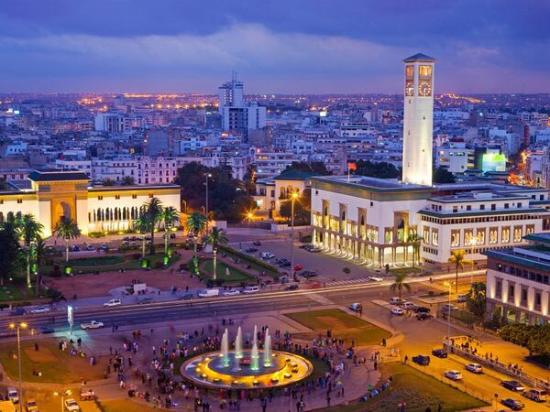
Mohammed V Place
Place Mohammed V is the administrative center of Casablanca and the most perfect reflection of modern architecture. Built in 1920, the square brings together several diverse and surprising monuments: the Consulate of France, the Post Office and the Bank, the Palace of Justice and the Prefecture and the fountain. Nearby, tourists will not fail to stroll through the alleys of the Arab League Park, the largest green space in the city, ideal for resting.
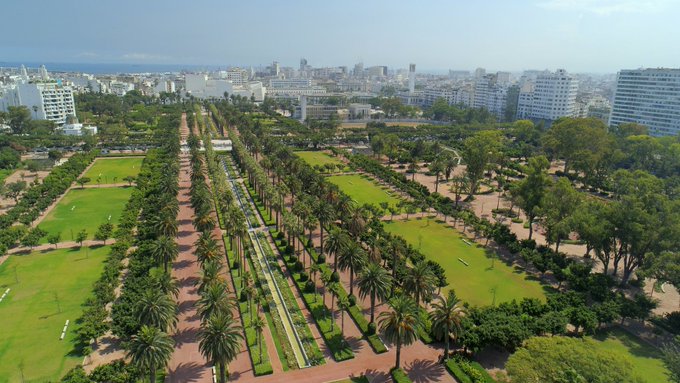
Arab League Park
In 1916, the architect Albert Laprade joined the team of Henri Prost, who was in charge of the development of the parks and green spaces of Casablanca. Covering a surface area of 15 hectares, located at the outskirts of the city and occupied by military camps, he designed the plans of the largest green space in Casablanca: The Lyautey Park, now known as the Arab League Park. Crossed by the Boulevard Moulay Youssef, the park is on an axis with palm and ficus trees.
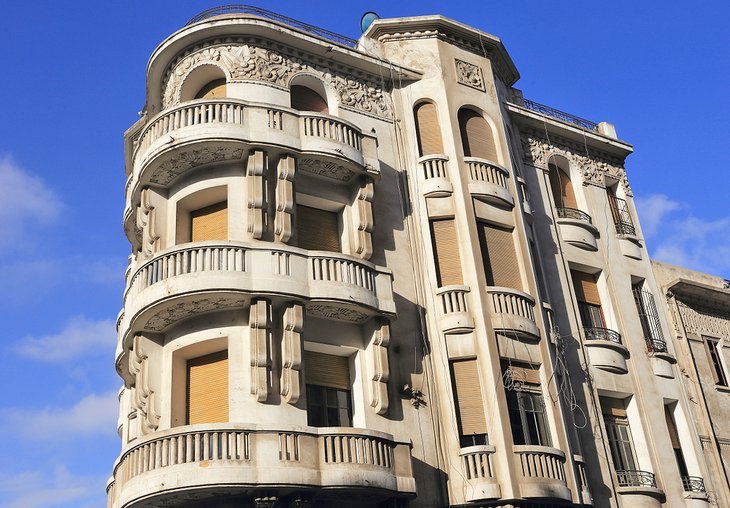
Downtown Casablanca’s Architecture
Casablanca is a model city of architecture and urbanism, an absolute concentration of avant-garde art deco and modernist buildings, and a privileged witness to innovations over half a century, between the 1910s and 1960s.
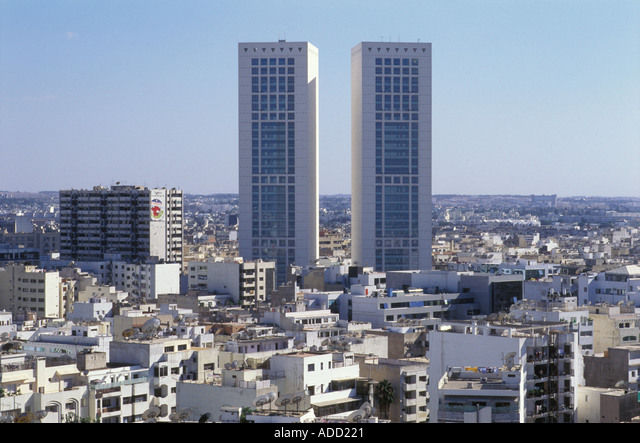
Twin Towers
The Casablanca Twin Center is a complex of two skyscrapers located at Casablanca, Morocco. The two structures, the West Tower and the East Tower, have 28 floors each. The center houses a complex of shops, offices, and a five-star hotel, and lies at the heart of Casablanca in the Maarif district,

Royal Palace of Casablanca
The Royal palace of Casablanca is considered by many scholars to be the architectural gem of Morocco. Situated in the amazing Habous neighborhood of Casa, the whole area was mainly developed and erected by the French around the 1930s. The palace is a startling example of a marvelous blend between Moroccan, Northern African, and French styles, layouts, and designs. Perhaps this is among the reasons why a visit to the Royal Palace of Casablanca is included in almost all tours to Morocco.
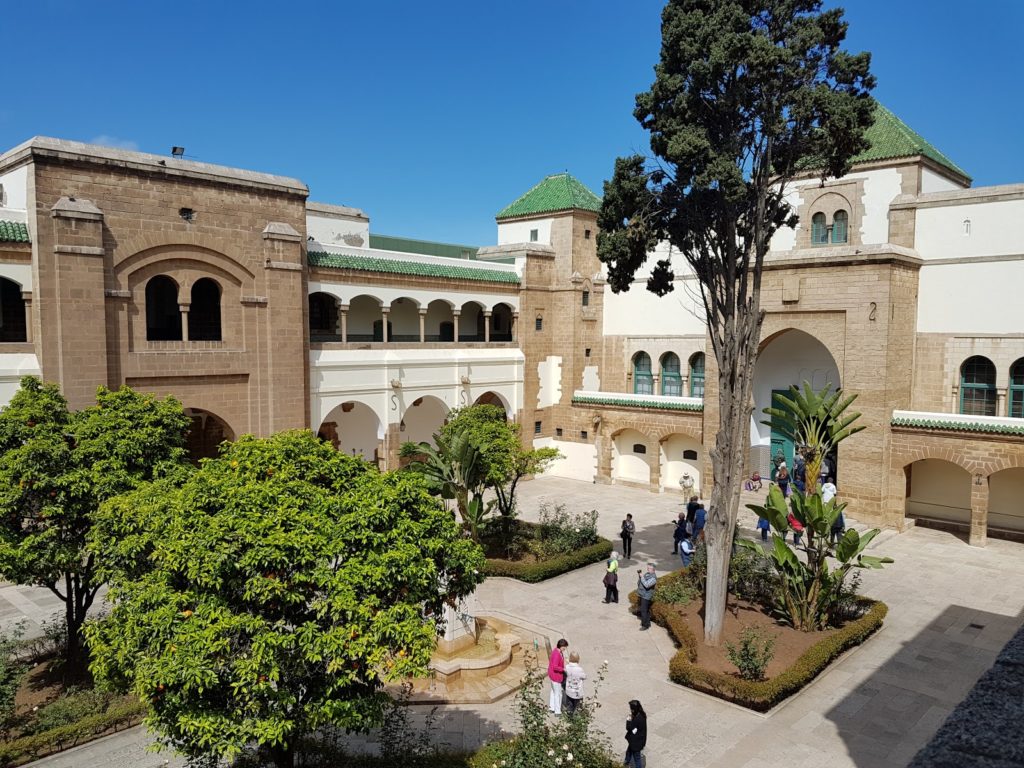
Mahkama of the Pacha
The Mahkama of the Pacha is one of Morocco’s finest architectural treasures. Located not far from the Royal Palace in the Habous district, the Mahkama du Pacha hides behind a somewhat austere stone facade that contrasts with its sumptuous interior. The building had an administrative function: court and residence of the pasha of the city. Arab-Andalusian style, the building spreads over more than 6000 m² and offers a large courtyard, two patios and about sixty rooms decorated with cedar ceilings, stuccos, zellige etc…. The place nowadays houses the headquarters of the Casablanca-Settat region. It can be visited during administrative hours accompanied by a guide.
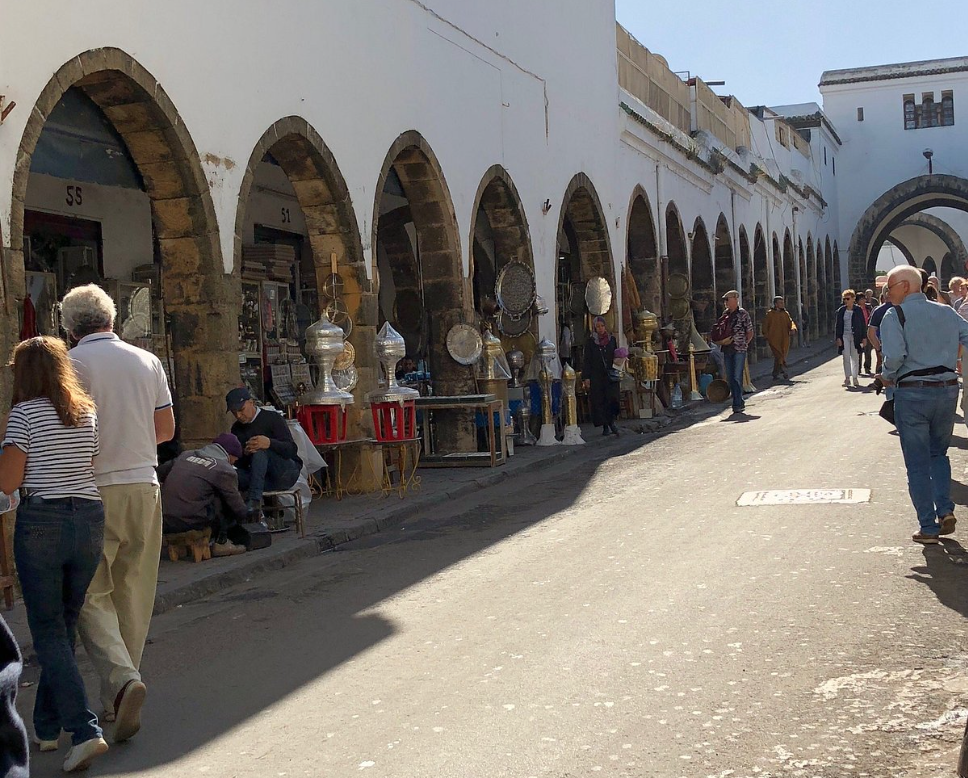
Habous Quarter
With its traditional markets, its relaxed atmosphere, and its French and Moroccan architecture, the Habous Quarter is one of the most beautiful corners of Casablanca. It offers welcoming cafes and small shops selling Moroccan products, with must-see sites such as the Royal Palace nearby.
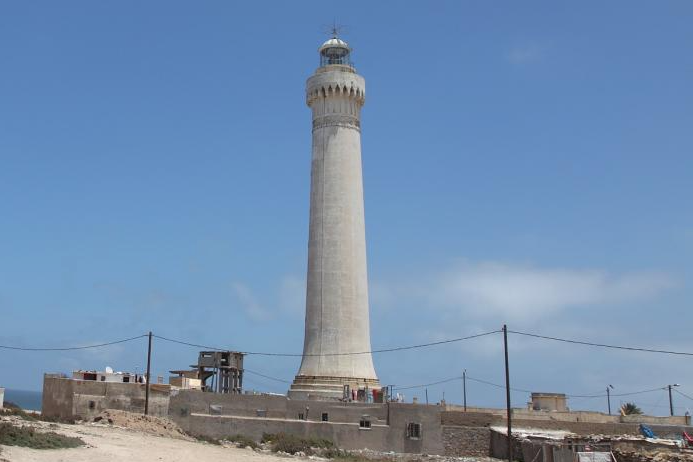
El Hank Lighthouse
The corniche is maritime promenade of Casablanca. The Corniche of Ain Diab is a place full of restaurants, bars and nightclubs. In the evening, luxury cars abound, with the country’s wealthiest young people looking for leisure. Several private clubs with seawater pools for 6 euros are available all day. The Corniche is quiet until 9 p.m.
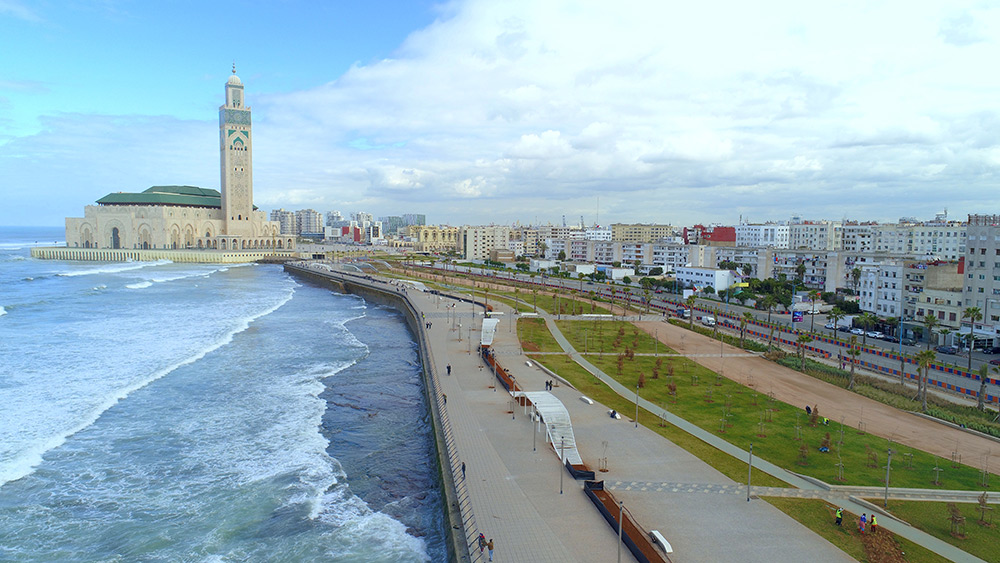
Corniche Coast
The corniche is maritime promenade of Casablanca. The Corniche of Ain Diab is a place full of restaurants, bars and nightclubs. In the evening, luxury cars abound, with the country’s wealthiest young people looking for leisure. Several private clubs with seawater pools for 6 euros are available all day. The Corniche is quiet until 9 p.m.
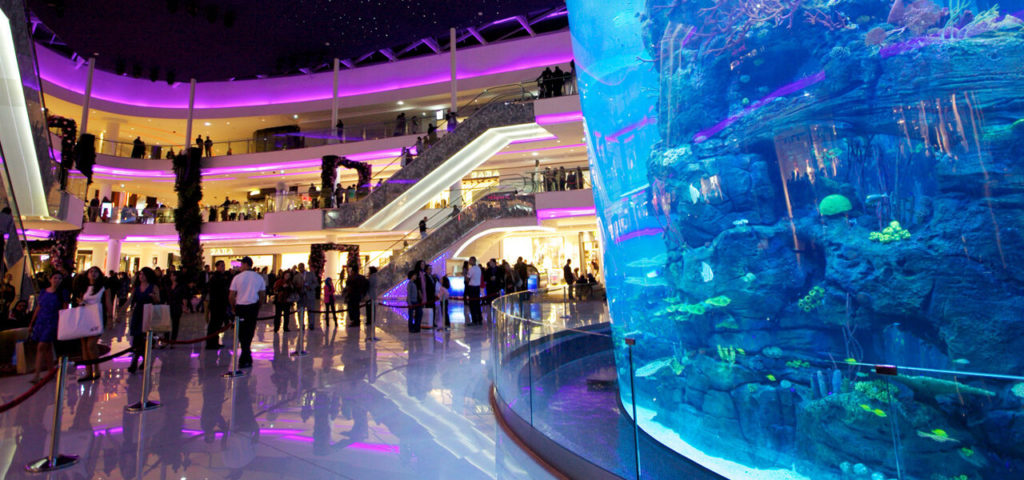
Morocco Mall
The Morocco Mall is a shopping center inaugurated in Casablanca, Morocco in 2011. It is spread over 190,000 m2 of leisure spaces, restaurants and brands. In 2012, the Morocco Mall received the International Market Prize for Real Estate Professionals in Cannes in the category of best shopping center in architectural terms.
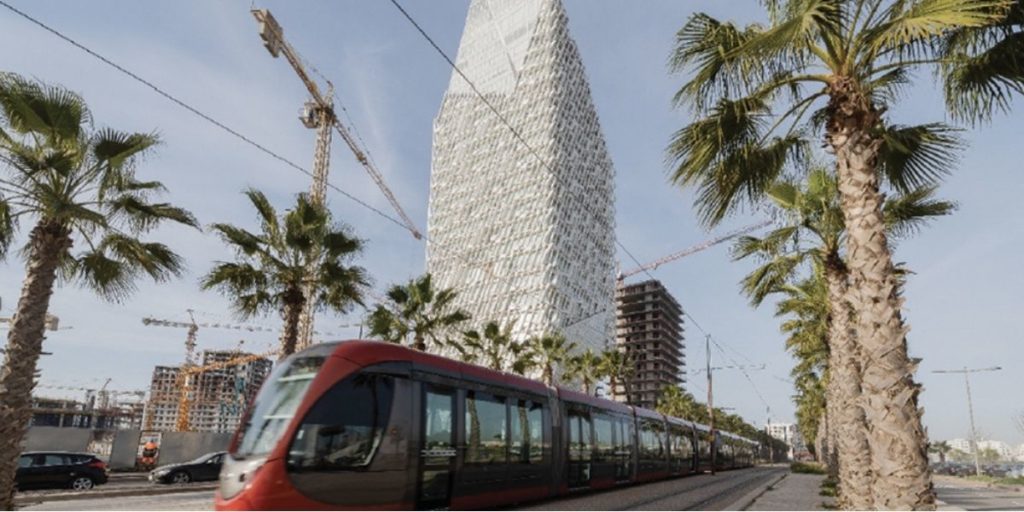
Casablanca Finance City
Casablanca Finance City (CFC) is an African financial and business centre committed to the continent’s future. CFC is uniquely located and equipped to connect you with other business hubs and markets around the world. CFC provides a stable environment, localized expertise and a support network to access Africa’s opportunity while mitigating its complexities. CFC’s 200 members operate in 50 African countries from Casablanca, in a warm welcome, a Mediterranean coastal climate, and outstanding natural beauty.